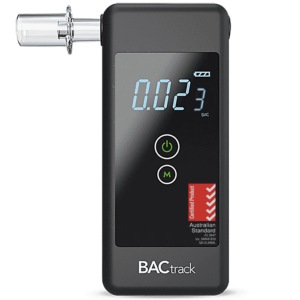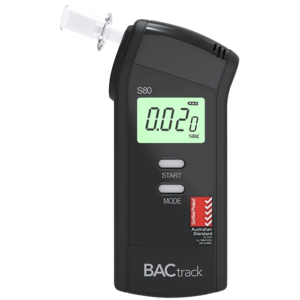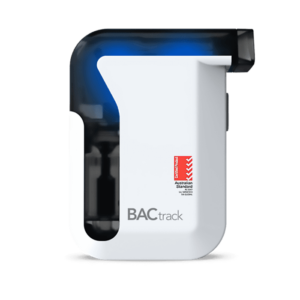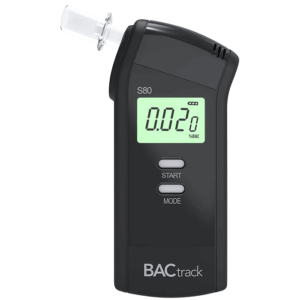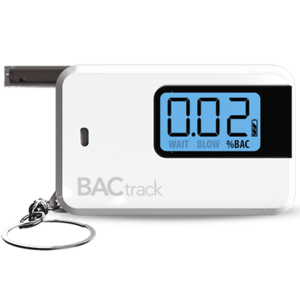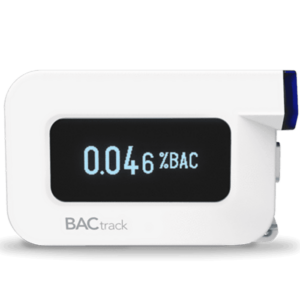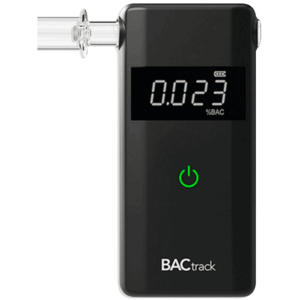Drug and Alcohol Test For Work: Why is it Important and How To Conduct One?
07 July, 2023

Employees under the influence of alcohol and illegal drugs pose significant safety risks in the workplace. Thus, more companies implement drug and alcohol tests for work to manage and prevent the associated hazards of substance impairment. It is also essential for maintaining productivity and mitigating legal liabilities in case of accidents. There are several procedures for conducting these tests, including establishing a comprehensive policy, selecting test methods, and handling test results.
The efficiency of a workplace relies on physically fit and mentally alert employees. They are also vital in securing a healthy and hazard-free environment. However, one of the challenging issues that many industries face is the misuse or abuse of drugs and alcohol. It is one of the contributing factors in severe accidents and injuries, especially in high-risk areas. In this article, we will explore the importance of drug and alcohol testing, its implementation, and its consequences.
The Importance of Drug and Alcohol Tests for Work
Drug and alcohol use bring detrimental impacts to individuals and the workplace as a whole. It can severely impair perception, judgement, and coordination, decreasing the ability to work safely and effectively. Therefore, more organisations conduct drug and alcohol tests for work as a safety measure. Identifying risk elements and promoting healthy practices are vital in improving the well-being of employees and the workplace.
Firstly, regular testing helps ensure workplace safety. It is crucial for both employers and employees to work under safe conditions. Therefore, it helps minimise safety hazards that may endanger lives. Secondly, it reduces work disruptions due to frequent accidents. Thus, it helps maintain productivity and employee morale.
Thirdly, it helps companies comply with legal requirements. Employers must provide a safe and healthy working environment by managing all preventable hazards possible. Through drug and alcohol tests, it helps them mitigate legal risks. Lastly, it lowers overall costs due to hospitalisations, compensation claims, expensive repairs, and productivity loss. Overall, it plays a vital role in promoting a safe work environment.
Impacts of Drugs and Alcohol Use
- Increased risk of accidents and injuries due to reduced vision, hearing, reaction time, and coordination.
- Impaired judgement and decision-making abilities.
- Negative effects on physical health. It may cause cancer, stroke, and permanent dysfunctions in vital organs, including liver, heart and respiratory problems.
- Negative effects on mental health, leading to anxiety and depression.
- Cause risky, problematic or violent behaviours and affect personal and work relationships. It may cause distrust among co-workers.
- Potential addiction and dependency.
- High absenteeism and turnover rates.
- Increased company expenses due to hospitalisations, damaged equipment, productivity loss, and training of new employees.
- Lower employee morale and company integrity.
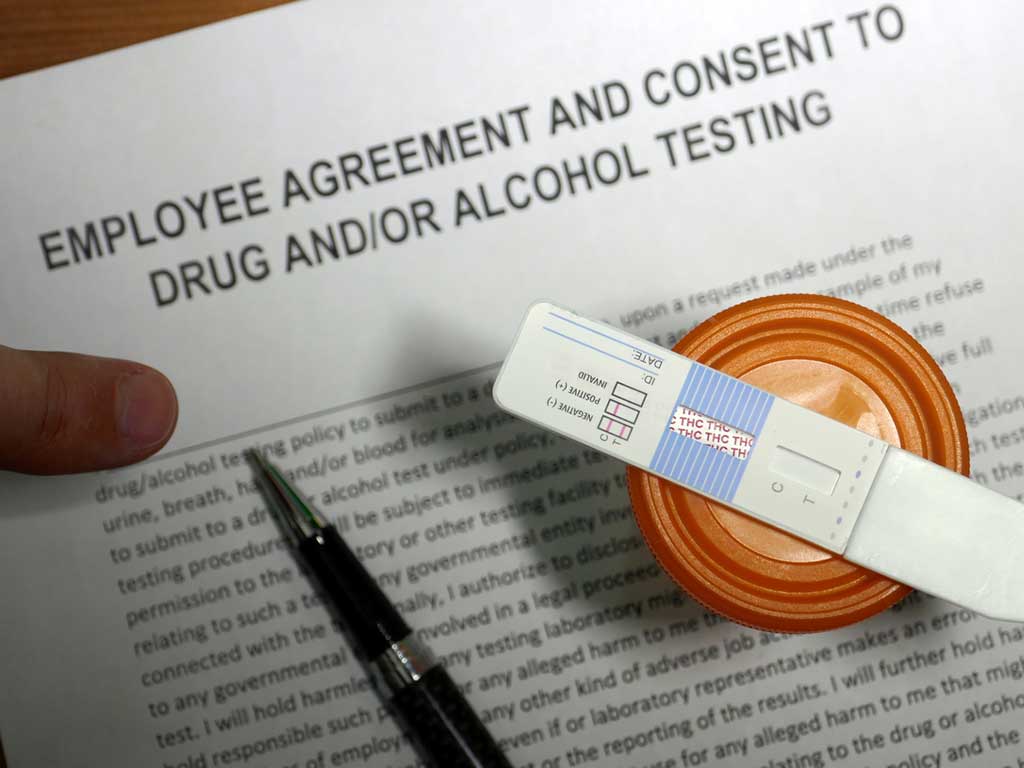
Conducting Drug and Alcohol Tests for Work
There are several procedures to follow when conducting a drug and alcohol test for work. Firstly, companies must establish a clear policy outlining the safety regulations, procedures, types of tests, and consequences of failed test results. The drug and alcohol policy serves as a guide for employees on the appropriate behaviour in the workplace.
Secondly, it is essential to educate the employees on the purpose and importance of the safety and test programs. In addition, they must agree and consent before proceeding with the test. Next, select a suitable and reliable testing method. Each type of test has its advantages and limitations. Therefore, employers must consider these factors when choosing a method based on their needs or requirements.
Moreover, the policy must specify when a test is conducted. Workplace programs typically implement these tests during hiring, after an accident, with reasonable suspicion, and randomly. Meanwhile, in pre-employment, applicants must pass the test to be eligible for the job. It is a standard requirement for safety-sensitive positions. Lastly, handle all test results with care and confidentiality.
Types of Test Methods
The standard test methods for workplace testing are urine, oral fluid, and breath tests. Urine analysis is efficient for drug screening because of the wide range of substances it can detect. It can also trace drug metabolites in the system from the last 48 to 72 hours of use.
Another type is the oral fluid test. It analyses saliva samples to detect illicit drugs from the past 12 to 48 hours. It is a cost-efficient alternative to urine drug screening. Furthermore, a breath test can measure Blood Alcohol Content (BAC) through a breathalyser device. The BAC indicates a person’s current level of impairment.

Consequences for Failing a Drug and Alcohol Test for Work
When conducting a drug and alcohol test for work, employers should also consider the rights of their employees. It is important that they fully understand the consequences if they fail the test. Depending on the conditions of the policy, violations would include disciplinary action, suspension, corrective measures, and termination of employment.
Workplaces with a zero-tolerance policy prohibit any amount or use of alcohol and recreational drugs. It is important to note that employers must follow the guidelines in conducting these tests to ensure accuracy and prevent false positives. Additionally, the repercussions may depend on the severity of the impairment. The management must follow a guide when handling positive cases and abide by NZ laws.
Employers may also offer intervention or treatment to a worker suffering from a substance use disorder. Most alcohol and drug testing programs include assistance to employees willing to undergo rehabilitation. Therefore, employees may keep their job and return to duty after a full recovery. This help companies retain workers and for employees to deter drug and alcohol abuse.
What Are the Rights of Employees?
Employees have the right to challenge the test if the initial screening indicates alcohol or drug usage. A follow-up or confirmatory testing is necessary to validate the results of the preliminary screen. In this test, the sample is forwarded to the laboratory for further analysis. A person may also submit to a blood test to get a comprehensive report.
A Medical Review Officer (MRO) evaluates the test and confirms if the presence of illicit substances is due to actual consumption or incidental exposure. Then, the results of the test are considered final and can be used as evidence.
Conclusion
Substance use and abuse can have negative effects on individuals and the workplace. Therefore, regular drug and alcohol tests for work through a policy help companies manage safety hazards. These tests ensure that employees are free from the influence of intoxicating substances while on duty. Fewer accidents also reduce work disruptions, ultimately leading to improving productivity and morale. It also helps employers comply with legal requirements and lowers overall costs. Moreover, this promotes a safe and healthy work environment.
Workplaces employ several methods to test for alcohol and drugs. The common kinds are urinary drug screening and alcohol breath testing. A workplace breathalyser like the SHIELD Express Identity is effective in detecting current alcohol impairment and measuring BAC. Furthermore, employers should follow proper testing guidelines. Failed test results may result in disciplinary actions or termination, depending on the severity of the case. In summary, workplace testing is a preventive measure to help protect the well-being of employees.

















